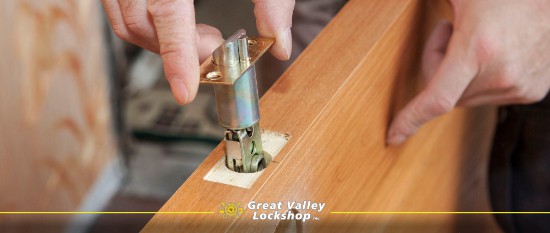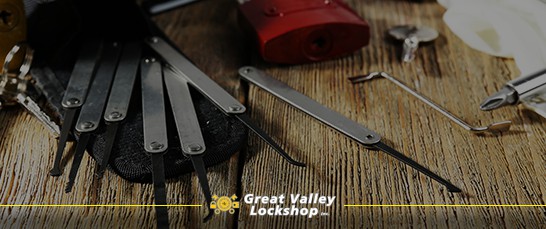
Easiest Way to Fix a Sticky Door Lock
A sticky door lock can put you in a real jam, but we are willing to unveil a few tricks of the trade to help you get unstuck. If you have a sticky lock – whether it’s on your house, your business, a padlock, or a car door lock, here’s what to do…and what not to do.
Common Causes of Sticky Door Locks
If a door lock is rusted or corroded, it can become hard to get the key into the lock, difficult to turn full, and also sticky and difficult to get out of the lock. If your lock is worn out, lubricant may be a temporary fix, but it’s not going to resolve the problem. Eventually the lock will need to be restored or replaced.
Another cause of sticky locks is having an old or worn key. This is something that we find often on sticky car door locks. The best long-term solution, in this case, is to have a new copy made from the original or order a brand-new key to factory code for your car make and model.
The other issue could be that the door is sticking. This occurs when the hinges are coming loose or the door frame has expanded or contracted over time and with changes in the temperature and weather. If the door frame has shifted, it can cause the latch or the deadbolt on the door to not line up anymore with the hole in the frame. You can test this theory by opening the door and seeing if the key works well in the lock. If it can turn normally with the door open, but the lock becomes sticky and the key is difficult to turn once the door is closed, then you have identified the frame as the culprit.
What NOT to Do
Panicking and using the wrong tools or products can only make the problem worse. If your lock is jammed, don’t:
- Use a penetrating oil, linseed oil, or sewing machine oil as a lubricant.
- Use petroleum-based lubricants like motor oil or WD-40.
- Use sharp tools to try to pick the lock.
- Use a hammer or mallet in an attempt to fix the lock.
How to Fix a Sticky Door Lock
- To fix the problem, the first thing to do is to squirt a small amount of dry lubricant or graphite powder inside the slot where the key goes.
- Insert the key into the lock and pull it out a few times without turning it.
- Then, insert the key and turn it in both directions a few times to distribute the lubricant or powder around the entire locking mechanism.
- Take the key out and repeat the process with a few more sprays of lubricant or puffs of graphite powder.
Best Lubricants to Fix Sticky Door Locks
When dealing with a jammed lock, I know it’s very tempting to race out and get some WD-40 or something like that. Petroleum-based lubricant that’s squirted into a lock mechanism will work initially, however, because it’s a wet lubricant, overtime it will trap dust and grime inside the lock and make it even stickier. Instead, we recommend silicon-based or dry products:
- Locksaver Lubricant
- Houdini Lock Lube
- Triflow Lubricant
- Graphite Powder
Related article: When to Fix It Yourself and When to Call a Locksmith.
Continue to follow Great Valley Lockshop for more information on the locksmith trade and how to keep your home and business secure!








